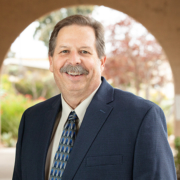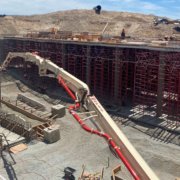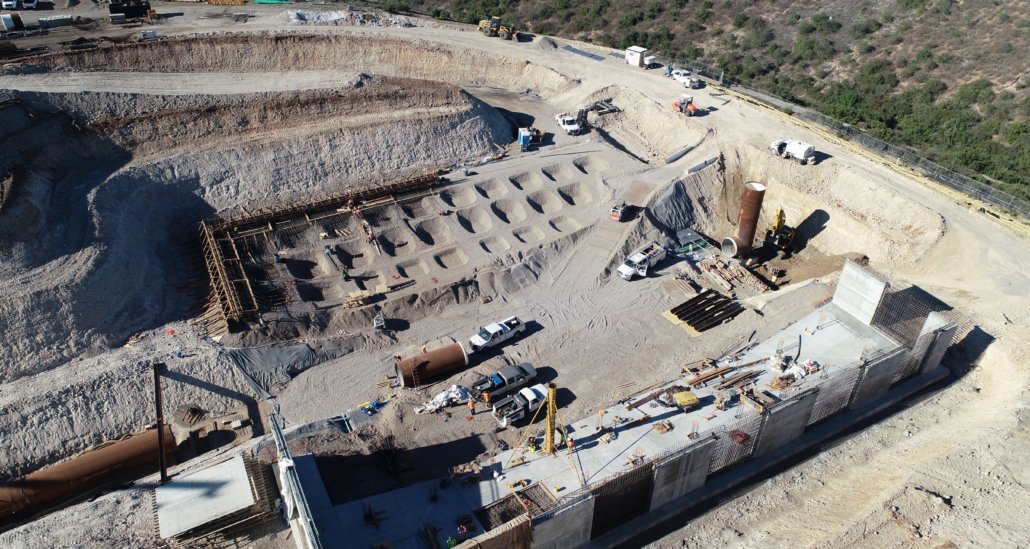I’m so pleased to report that a large-scale renewable energy project proposed jointly by the City of San Diego and the San Diego County Water Authority received $18 million in the state budget signed this month by Gov. Gavin Newsom. That money will advance the San Vicente Energy Storage Facility through initial design, environmental reviews, and the federal licensing process – a huge boost for a project with a huge upside for the region.
This is one of the most promising pumped energy storage solutions in California, and it would be a major asset to help avoid rolling blackouts through on-demand energy production while helping to meet state climate goals. It also could mitigate costs for water ratepayers across the San Diego region by generating additional revenue to help offset the cost of water purchases, storage, and treatment. The City and the Water Authority are developing the project together, just like they did to raise the height of the city-owned San Vicente Dam 117 feet in the 2010s.
San Vicente Energy Storage Facility project
Upon completion, the San Vicente energy project would provide up to 500 megawatts of long-duration stored energy, which will assist in meeting peak electrical demand periods throughout Southern California and help meet the goals of Senate Bill 100, which requires 60% renewable energy by 2030 and 100% zero-carbon energy resources statewide by 2045. The project will provide enough energy for about 135,000 households when operating.
We owe a debt of gratitude to Gov. Gavin Newsom and Senate President pro Tempore Toni G. Atkins for ensuring funding for this critical infrastructure project, which will create more than 1,000 construction-related jobs in addition to its other benefits.
With state funding in place, the Water Authority and the City are preparing to launch federal and state environmental reviews, seek a project license from the Federal Energy Regulatory Commission, and issue a Request for Proposals for a full-service private partner to help develop the project. Those complex components are expected to take at least four years, with construction completion forecast for 2030.
Pumped energy storage projects are designed to store excess renewable energy from solar and wind during the day, and then discharge that energy when energy use increases in the evening and renewable energy is not available.
The San Vicente project would create a small upper reservoir above the existing San Vicente Reservoir in Lakeside, along with a tunnel system and an underground powerhouse to connect the two reservoirs. The powerhouse would contain four reversible pump turbines.
During off-peak periods – when power is inexpensive and renewable supplies from wind and solar facilities exceed demand – turbines would pump water to the upper reservoir where it would act as a battery of stored potential energy. During high energy use, the system would discharge water from the upper reservoir downhill through the turbines, producing energy. The exchange between the two reservoirs would not consume water.
For more details about the San Vicente Energy Storage Facility go to: www.sdcwa.org/projects/san-vicente-pumping-facilities/






